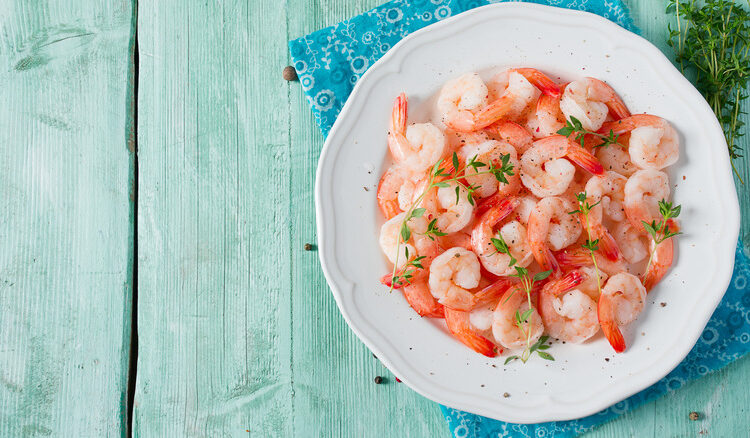Shrimp is a regular name for little maritime shellfish with an exoskeleton and ten legs (which is a person from the solicitation Decapoda), some of which can be eaten.
The maxim “shrimp” is expressly used in the United Kingdom, Ireland and Commonwealth countries for tremendous swimming scavangers or shrimp, especially those of business importance in the fishing industry. Shrimps in this grouping oftentimes have a spot with the suborder Dendrobranchiata. In North America, the term is used less a significant part of the time, when in doubt, for freshwater shrimp. The terms shrimp and prawns need sensible status. All through the long haul, how they are used has changed, and the terms are basically viable in contemporary use. To peruse more articles, follow whatisss.
Prawn versus Shrimp
The terms interminably shrimp are nonexclusive names, not consistent names. They are vernacular or regular terms that miss the mark on customary significance of sensible terms. They are not taxa, but are terms of solace, with negligible accidental significance. There is certainly not an incredibly clear clarification to make an effort not to use the words shrimp or shrimp when supportive, yet it is huge not to confuse them with the names or associations of the genuine taxa.
As demonstrated by shellfish taxonomist Tin-Yam Chan, “the terms perpetually shrimp have no unmistakable reference to any known logical arrangements. Yet the term shrimp is every so often applied to additional unobtrusive species, shrimp is even more habitually used for greater designs.” is used, yet there is no sensible capability between the two words and their use is commonly bewildered or even exchanged in different countries or districts.” Writing in 1980, L.B. Holthuis saw that the terms prawns and shrimp were used conflictingly “even inside a comparable region”, summarizing that the greater financially looked species were generally called shrimp in the United States. , and prawns in other English-talking countries, but not in any case.
There is a lot of confusion about the degree of the word shrimp. Some piece of the disorder begins from the relationship of minuteness. This causes issues with species like shrimp that don’t get more unobtrusive. The truism “colossal shrimp” ought to be noticeable as a confounding articulation, an issue that doesn’t exist with the business task “monstrous prawns”.
The term shrimp started around the fourteenth 100 years with Middle English shrimp, which resembles Middle Low German shrimp, and means understanding or crimp; and Old Norse skorna, significance to contract, or skrappa, meaning a thin person. It isn’t clear where the word prawns started, yet early sorts of the word appeared in England when the fifteenth hundred years as pryne, prine and prawn. According to etymologist Anatoly Lieberman it isn’t clear how shrimp, in English, became related with nearly nothing. “No Germanic language associates the shrimp with its size… The identical goes for the Romance… It isn’t clear under what conditions the name of the scavanger was applied.” Also, look at What Is Brisket.
Neighborhood contrasts
The term perpetually shrimp began in Britain. In the usage of typical names for the species, shrimp is applied to additional unassuming species, especially species that are dorsoventrally deterred (greater than more significant) with a more restricted stage. It is the primary term used for species in the Crangonidae family, similar to the typical shrimp or the natural shaded shrimp, crangon. Shrimp never applies to minuscule species. This applies to most tremendous designs, especially species that are evenly compacted (greater to more significant) and have a more long stage. Regardless, the terms are not used dependably. For example, a couple of makers imply Pandalus montegui as Aesop shrimp, while others suggest it as Aesop shrimp.
Area countries and Ireland follow the British use. A couple of exclusions occur in Australia, where a couple of makers suggest more humble kinds of Palaemonidae as prawns and Elphidae as firearm shrimp. Other Australian makers named the prawn-like Stenopus hispidus the unified coral shrimp and “recorded Proscidae and Atidae as prawns, Hippolytidae, Elphidae, Pandalidae and Campylnotoidea as prawns”. New Zealand generally follows British usage. A rule given by some New Zealand makers states: “likewise use, shrimp are pretty much nothing, precisely three inches or less lengthy, taken for food by nets, by and large from shallow water. Shrimp. are tremendous, up to 12 inches long, got from unendingly getting.” Former British states in South Africa and Asia similarly generally follow British use.
Shrimp is a more wide term all through North America, particularly in the United States, where it is the traditional term. In Canada, the terms are ordinarily used proportionally as in New Zealand (greater species are shrimp and more humble are by and large shrimp), but common assortments exist. In the western regions, shrimp is exclusively the regular term. The term prawns is used less commonly in the United States, applied basically to tremendous shrimp and those that live in new water.





